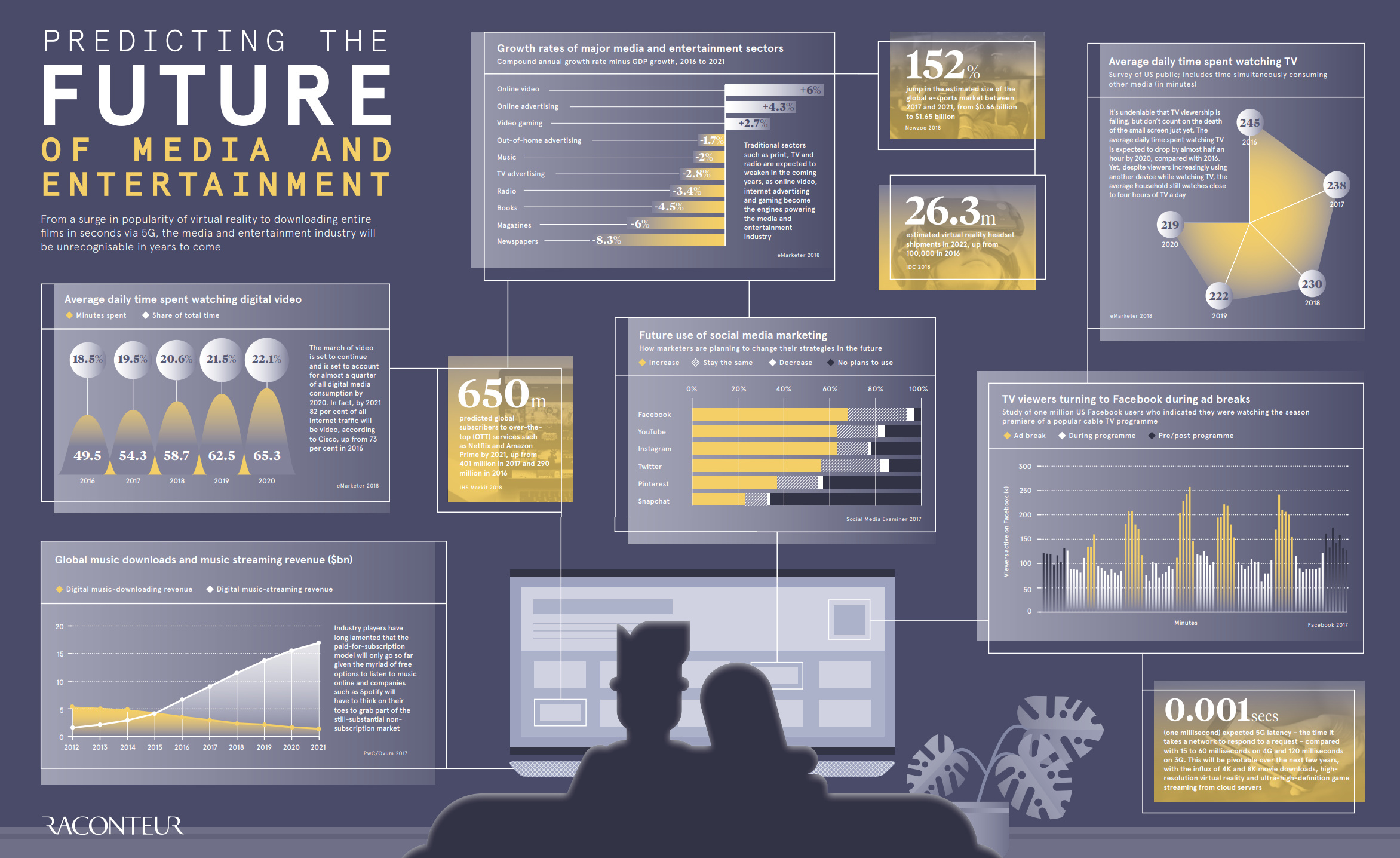Regulators and lawmakers always face challenges when markets are fast evolving. When the first major comprehensive reform of U.S. telecommunications law since 1934 lead to the Telecommunications Act of 1996, the changes focused on enabling more competition for fixed network voice services.
With hindsight, we can see that this was just at the point that mobile was about to become the preferred means for consumers to use voice services. In other words, lawmakers decided to open up competition in a market that was about to shrivel.
According to Federal Communications Commission statistics, fixed network voice reached a peak around 2000, just a few years after the Telecom Act was passed.
The Telecom Act also was passed just several years before use of broadband internet access grew from about 15 percent of U.S. homes to perhaps 65 percent a decade later.
So the point is that it is going to be hard to make rational decisions about competition and market structure in the U.S. mobile business given possible huge new changes in those markets as well.
It is not clear whether other facilities-based providers will want to enter the mobile business. Nor is it clear how such facilities would be sourced. It is reasonable, many believe, to expect possible entry by one or more cable TV companies or app providers
Facebook, Apple, Amazon, Netflix and Google “have to do something at some point,” argues Bob Paige, Vertical Bridge EVP.
So the issue is market structure. Is the relevant market mobile service providers, facilities-based providers, all local access providers or something broader, including both app and access providers? “
And even if we can only predict that markets will converge, when will that happen on such a scale that applications and access literally are one cohesive market?
Something of the same process arguably applies to application markets, where many call for breaking up firms such as Google, Facebook, Apple and Amazon. But that also assumes the existing markets will not themselves be further disrupted, leading to a new set of leaders.

